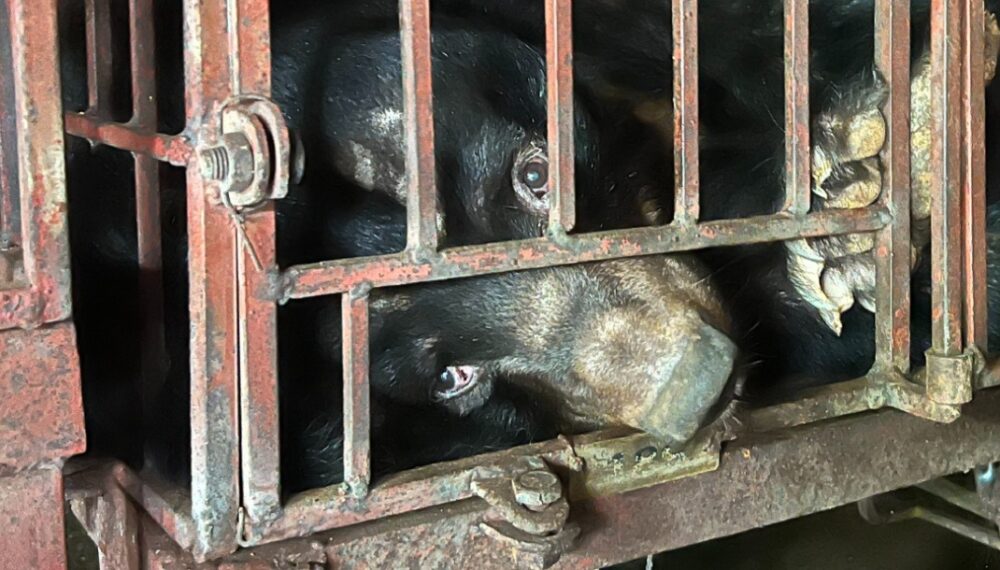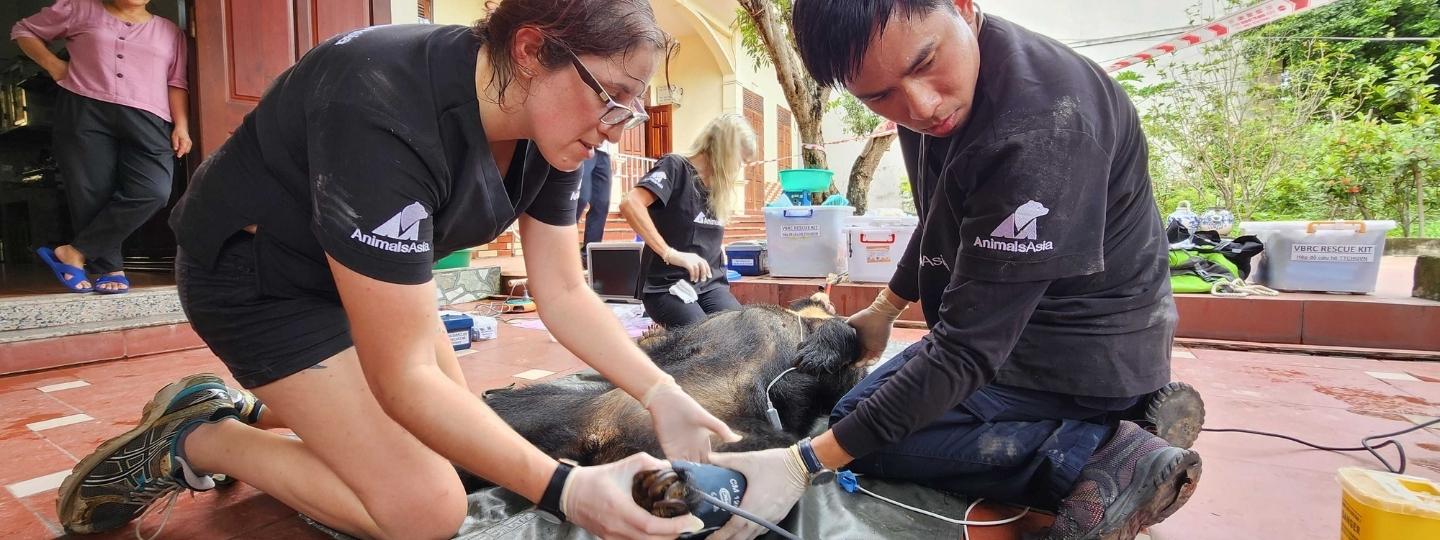
News
Filter by...
-
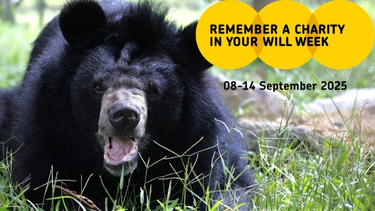
Remember a Charity Week UK
It’s Remember a Charity Week in the UK – an opportunity to plan for the future and reflect on those who got us here.
Read more on Remember a Charity Week UK
-
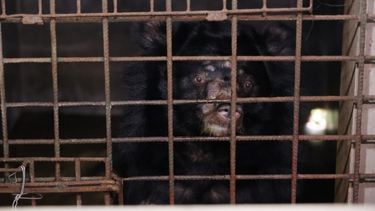
BREAKING: New survey identifies last bears on bile farms in Vietnam
Animals Asia has carried out a new national survey to identify the last bear bile farms in the country, and how many bears are still to be saved.
Read more on BREAKING: New survey identifies last bears on bile farms in Vietnam
-

A long wait for freedom: Sen the bear is finally safe
After 26 years in a cage, moon bear Sen is finally free. Discover his inspiring rescue and joyful new life at Animals Asia’s sanctuary in Vietnam.
Read more on A long wait for freedom: Sen the bear is finally safe
-
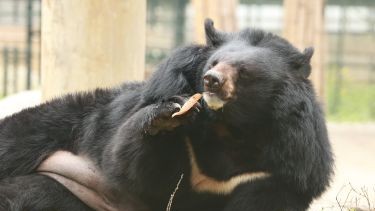
Early summer awakening at the China bear sanctuary
After a long winter’s rest, our rescued bears are soaking up the sunshine as summer comes to China.
Read more on Early summer awakening at the China bear sanctuary
-

Elephants thrive after zoo welfare boost
Chengdu Zoo in China has put elephant welfare front and centre.
Read more on Elephants thrive after zoo welfare boost
-
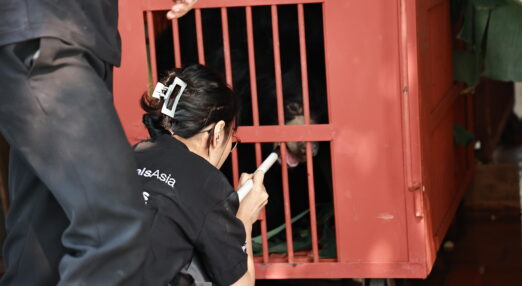
Animals Asia rescues eight bears in first half of 2025
It's been a busy year so far for the Animals Asia rescue team, as eight beautiful moon bears are welcomed home to our sanctuary.
Read more on Animals Asia rescues eight bears in first half of 2025
Help us put an end to animal cruelty
Animals are being captured and exploited every day. Animals Asia has helped thousands, but there is always another animal in need of our help. Please donate today.
Donate now